Ways Your Skin Reveals Underlying Health Issues
Is your body trying to show you the truth about your health? As the largest organ in the body, your skin can reveal numerous health issues you may be experiencing internally but are unaware of. Problematic skin can simply mean you need to change your beauty and hygiene products. However, certain signs and symptoms can be a giveaway about underlying medical conditions your body is experiencing. Always consult a doctor if you believe you may be dealing with any of these medical issues.
Dry, Itchy Skin
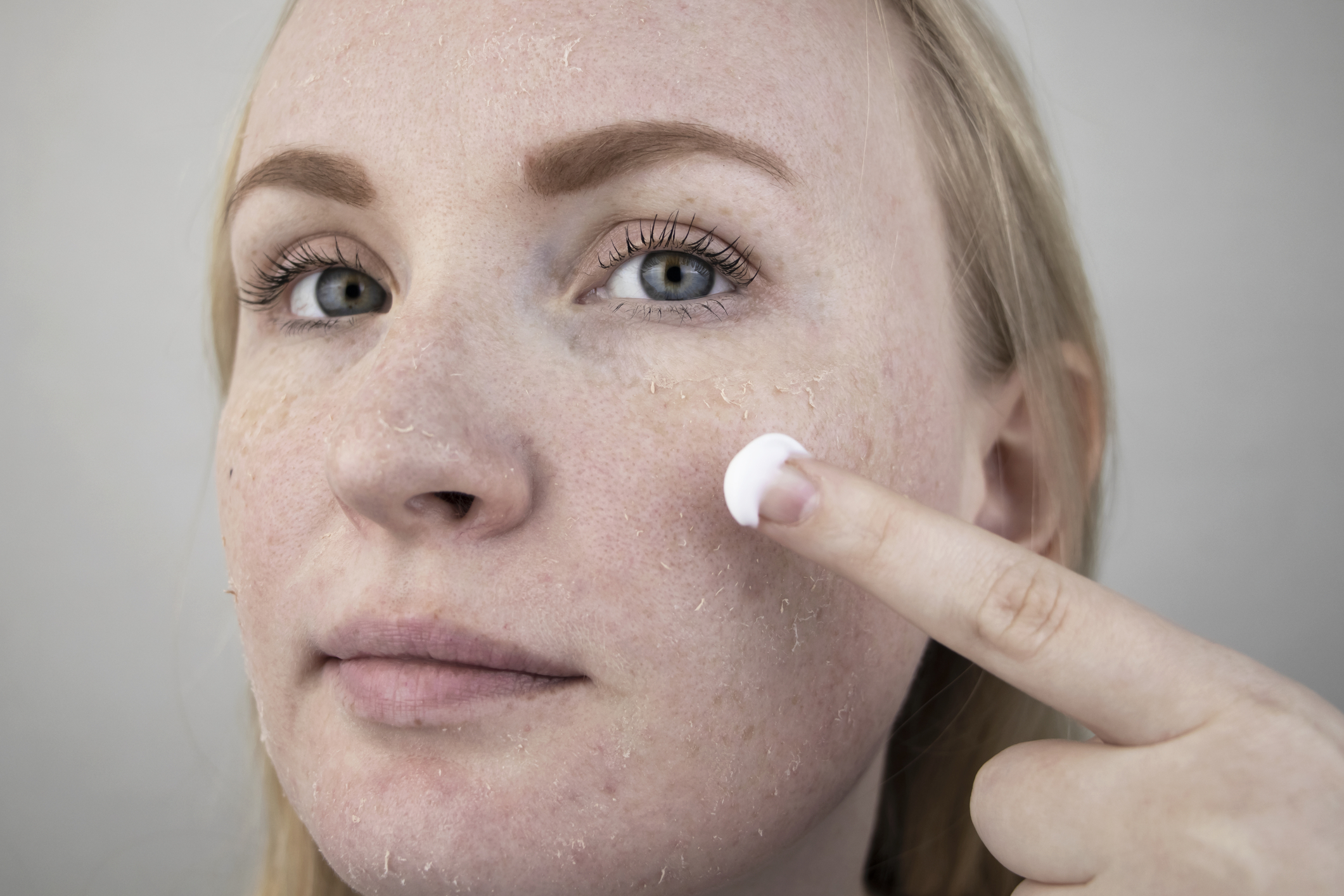
If moisturizer is not providing the skin the hydration it needs, it may be connected to other health-related issues. Dry, cracked, sometimes scaly, or even bleeding skin can indicate the patient is either suffering from dryness due to the environment or eczema. Eczema is a chronic inflammatory skin condition causing the skin to become extremely dry, cracked, itchy, and inflamed, and may even lead to the exposed skin to bleed due to constant scratching.
The condition is hereditary, and has immunological, genetic, and environmental elements to it, as it is related to asthma and a variety of allergens. Eczema can spread anywhere on the body - including the face - and patients are advised to consult a dermatologist for a prescription-based cream or ointment if they believe they are suffering from eczema. Learn more about eczema here: Tips For Managing Eczema In The Winter.
Red Bumps or Tiny Pimples
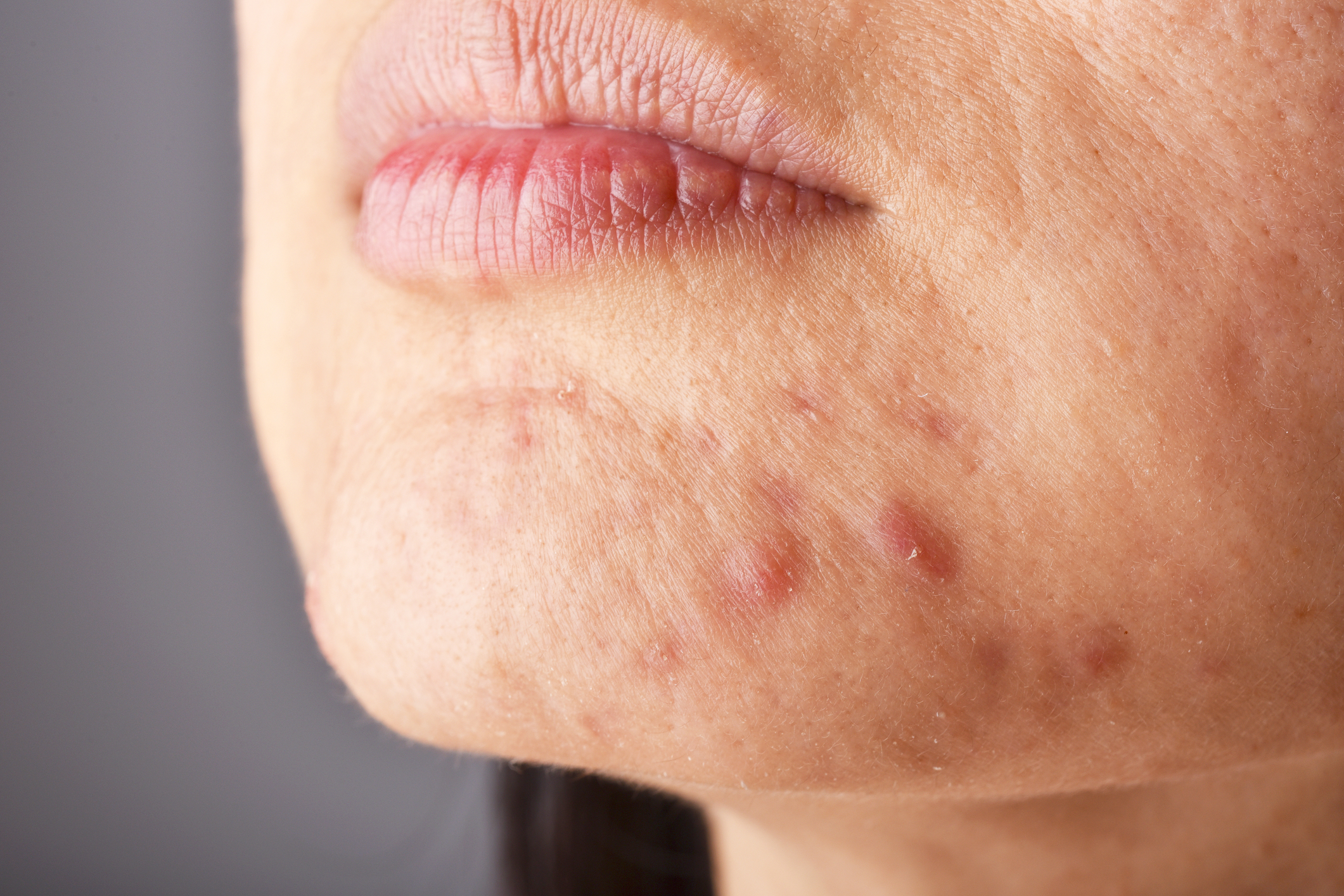
Little red bumps covering the skin may not just be pimples, hives, or early signs of eczema. They can also be symptoms of rosacea. Redness and dry skin, as well as a ruddy complexion, are all classic symptoms of the condition. This chronic skin condition is caused by genetic and environmental factors and can be triggered by stress, exercise, and the weather. Tiny white or red pimples appearing on the face, arms, thighs, and buttocks can also be keratosis pilaris, a skin condition that happens when an individual is not getting enough essential fatty acids, zinc, and vitamin A. Learn more about rosacea here: How To Recognize And Treat Rosacea So You Can Get Back To Living Your Life.
Acne
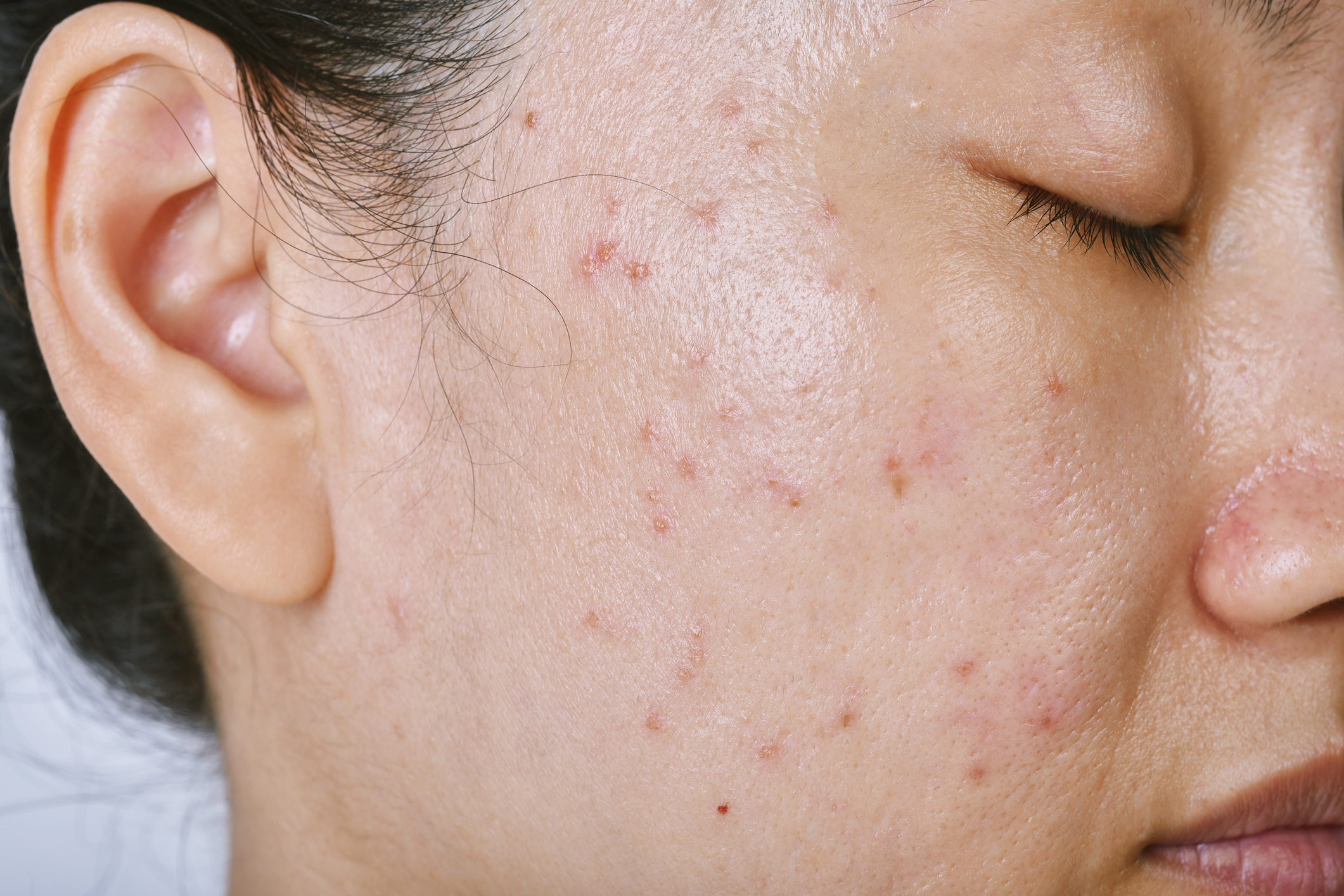
Diet, hormone imbalances, stress, periods for women, and the environment are just some of the reasons a patient might suffer from mild to severe adult acne. Pimples along the jawline or chin areas could signify a possible hormone imbalance but are also common for women who did not suffer from acne as a teenager. Stress, periods, and menopause can also trigger acne for most women. Some professional research even implies an improper diet can cause acne, and acne can decrease with a low glycemic index diet, which involves eliminating white flour, sugar, and processed foods. Dairy can also contribute to acne as it is related to an increase in sebum within the skin’s pores, which is the oily substance secreted by the sebaceous glands, that prevents the skin from drying out.
Excessive Hair Growth
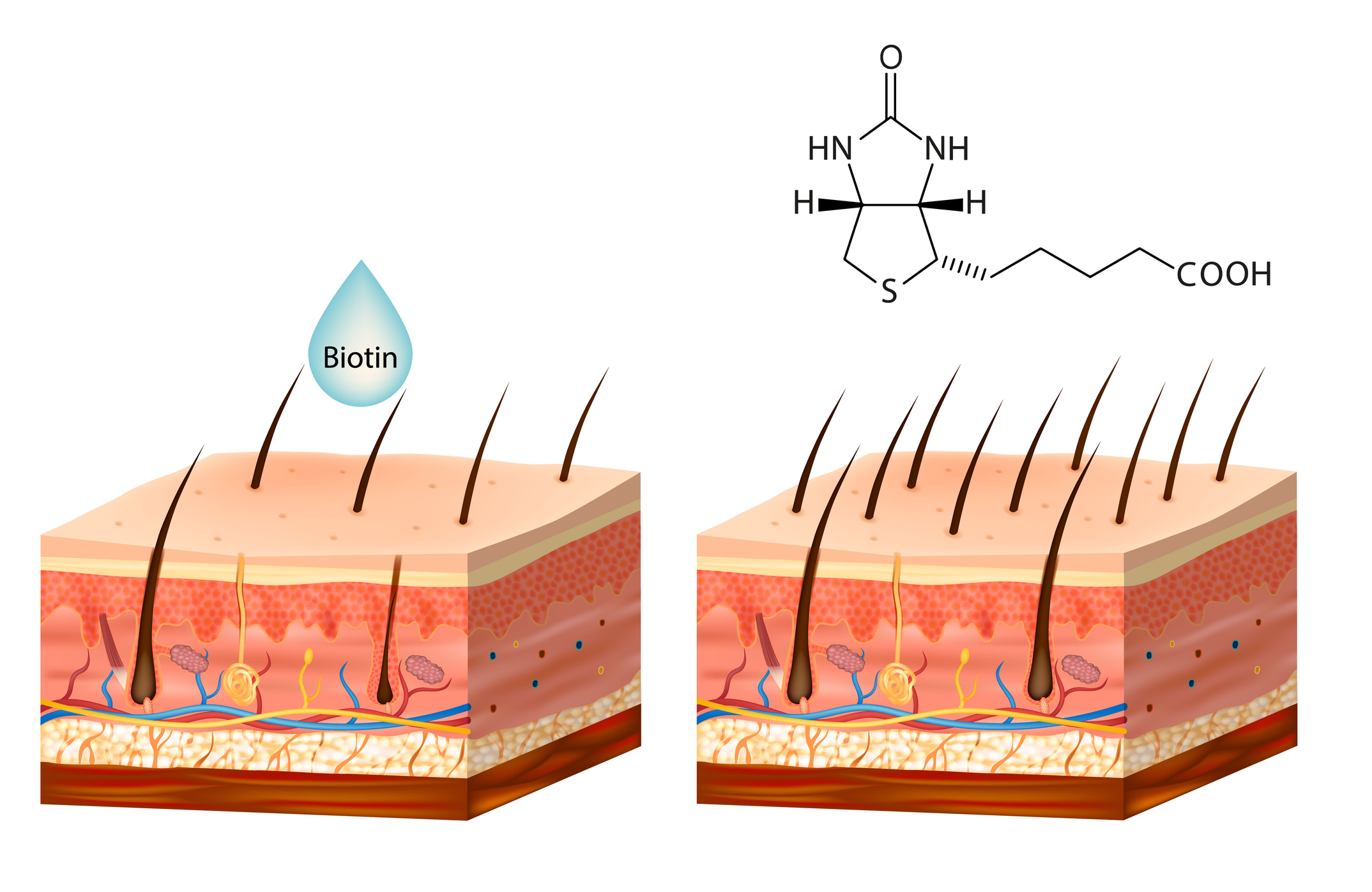
For women, unusual hair sprouting in different areas of the body, such as on the chin or below the belly button, can indict a hormone imbalance, which can be the result of the overproduction of androgens, the hormones made by the gonads and adrenal glands. Although genetics and hormones play a role in the length and thickness of hair, unwanted hair that appears abnormal could be a sign of Polycystic Ovarian Syndrome (PCOS). Other symptoms of PCOS are irregular or missing menstrual cycles and the inability to lose weight despite a healthy diet and workout regime. Consulting a doctor is the first step a patient can take to rule out PCOS or a hormone imbalance, which can be maintained with the right medication.
Dark Circles Under The Eyes
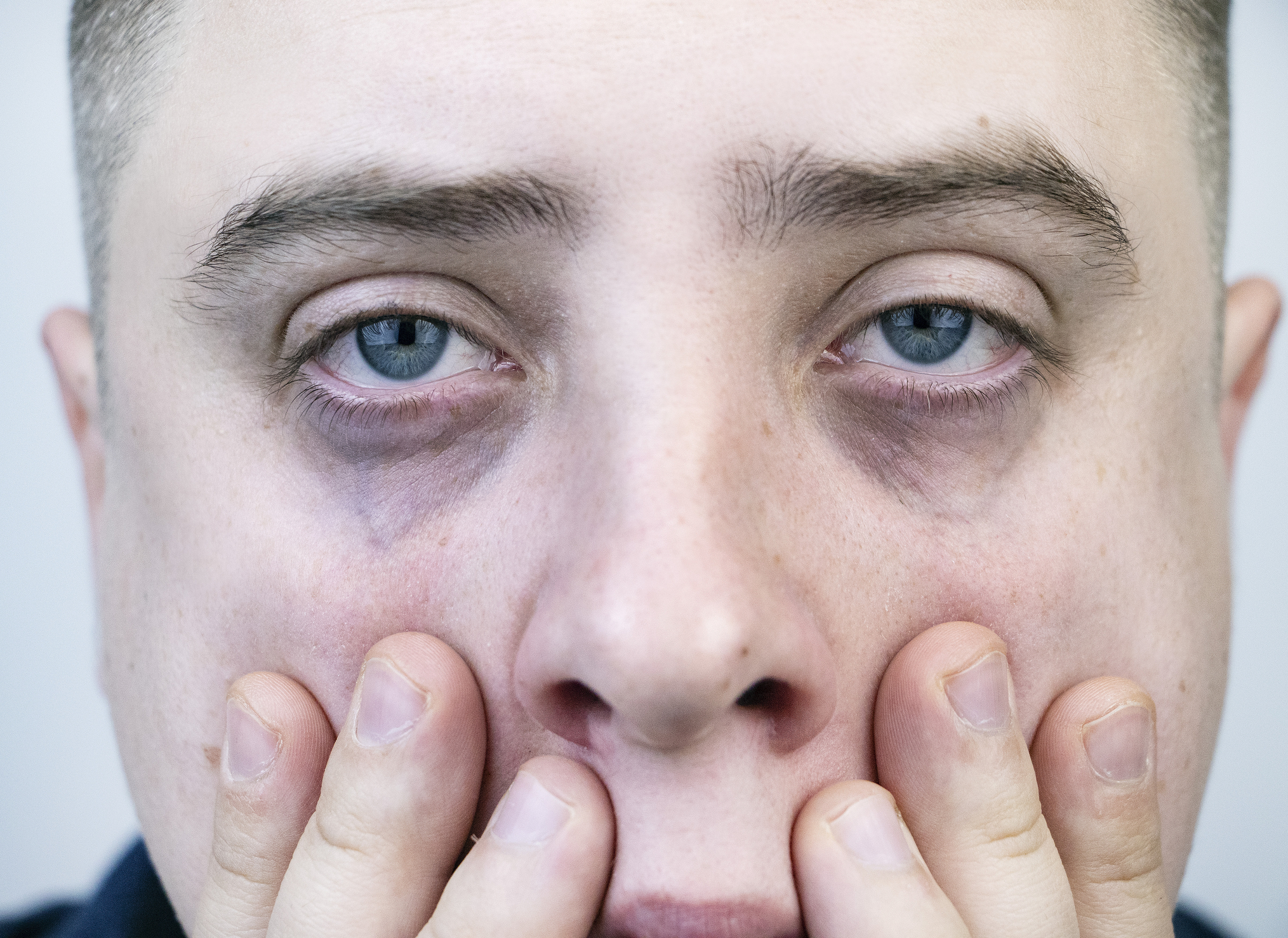
Although a lack of sleep can be a contributing factor, a patient may suffer from dark under-eye circles for a multitude of reasons. Dark circles underneath the eyes can be a combination of genetics, lifestyle choices, and age. As you age, the fat pads and structural support around the eye change and may result in the skin becoming darker.
Dark eye circles can also indicate food or environmental allergens the body finds toxic, such as dairy, gluten, and eggs for food, and pollen, dust, or animal allergens for environmental. If the problem persists, patients are advised to consult an allergist to obtain an allergy test, so they know for sure what the possible cause may be. A nutrient deficiency or dehydration can also be causes of under-eye darkness.
Irritated Eyes
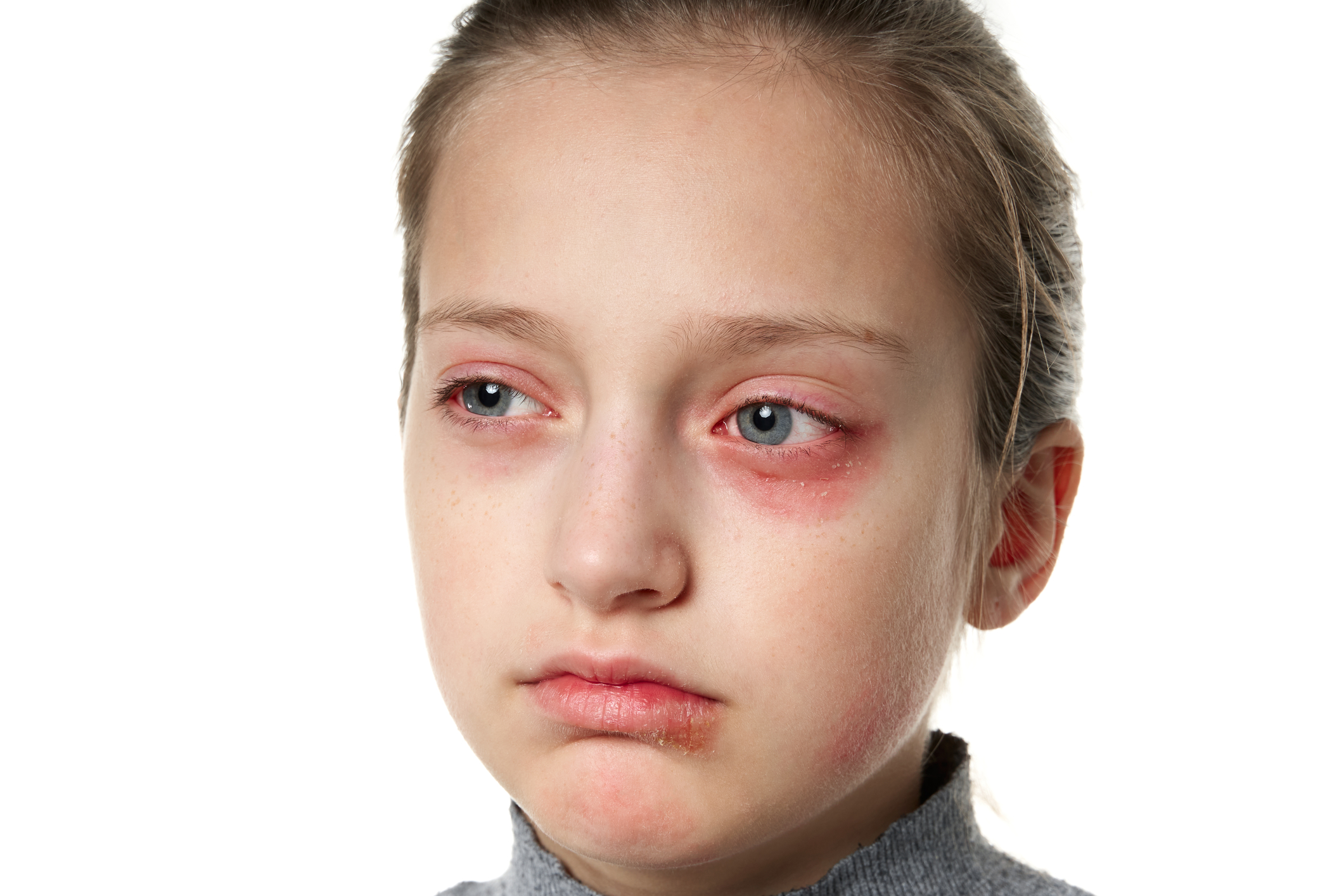
Irritated, inflamed, or puffy eyes are often a common allergy reaction the body produces when it is trying to deflect a toxic allergen. Airborne allergens, such as pet dander, grass, pollen, as well as dust are possible irritants for swollen and irritated eyes. If a rash develops on the eyelids as well as underneath the eyes, it can be a sign the patient is suffering from eczema or dermatitis. Dermatitis is caused by the skin coming into contact with a product irritating to the skin, and the rash is the immune reaction to it. Makeup, such as eyeshadow, or sponge applicators are common reasons, as the patient could be allergic to a chemical compound within the product. Eye drops and an effective moisturizer can alleviate the pain the patient may be experiencing. However, they should consult a doctor if the irritation persists or is unbearable.
Cracked Lips
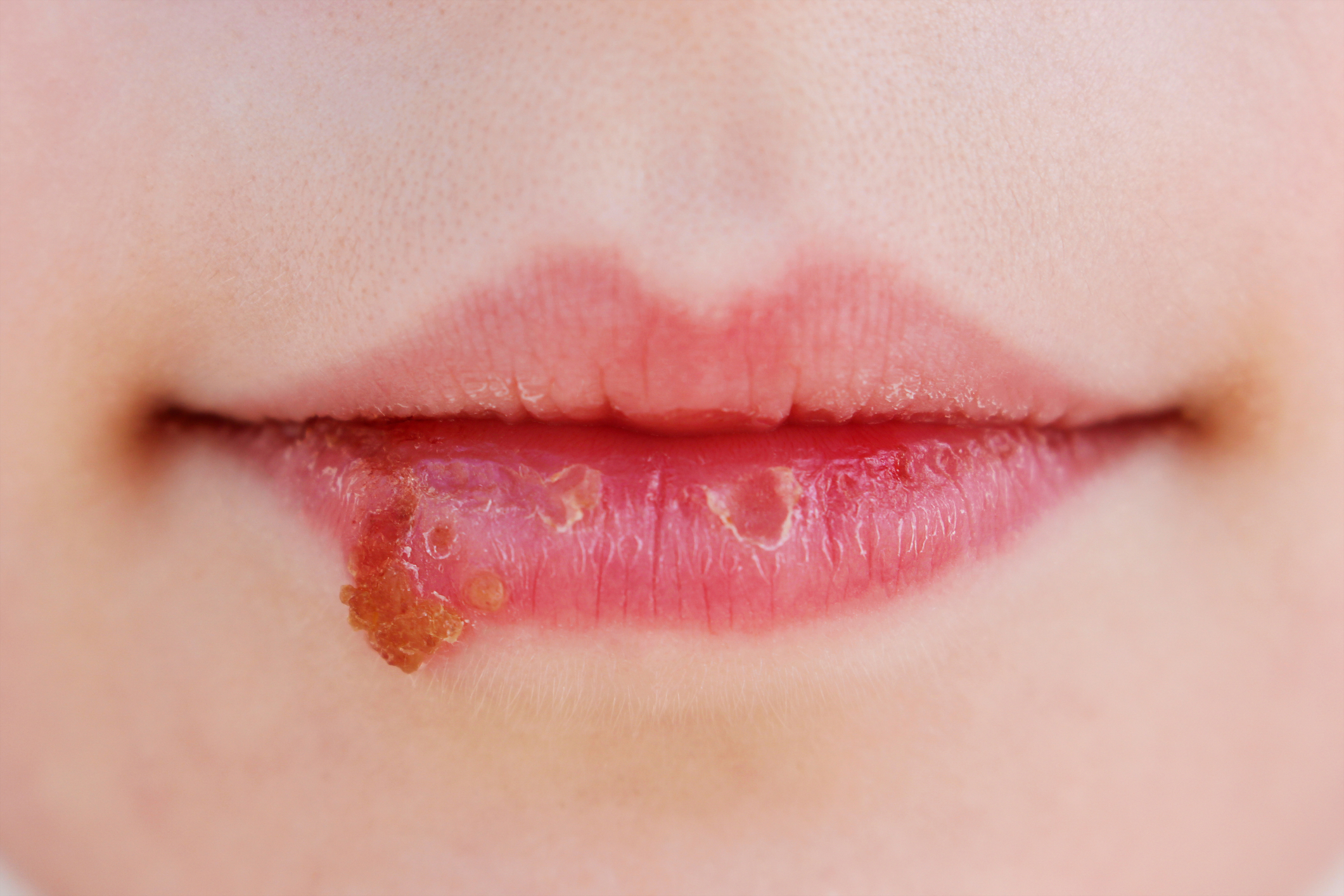
Visibly dry and cracked lips can be caused by more than the weather or constant lip-licking. Cracked lips can occur due to an allergic reaction to lip products and makeup, and can also be a symptom of inadequate dietary niacin or zinc intake, which is most commonly found in vegan and vegetarian diets. High concentrations of niacin and zinc are found in animal products such as chicken, fish, or liver, hence why those who follow a plant-based diet may be lacking these nutrients. Another common cause is perleche, a fungal infection associated with a vitamin deficiency or chronic illness, and can have specific symptoms such as redness, scaling, or fissuring around the lip region.
Visible Veins
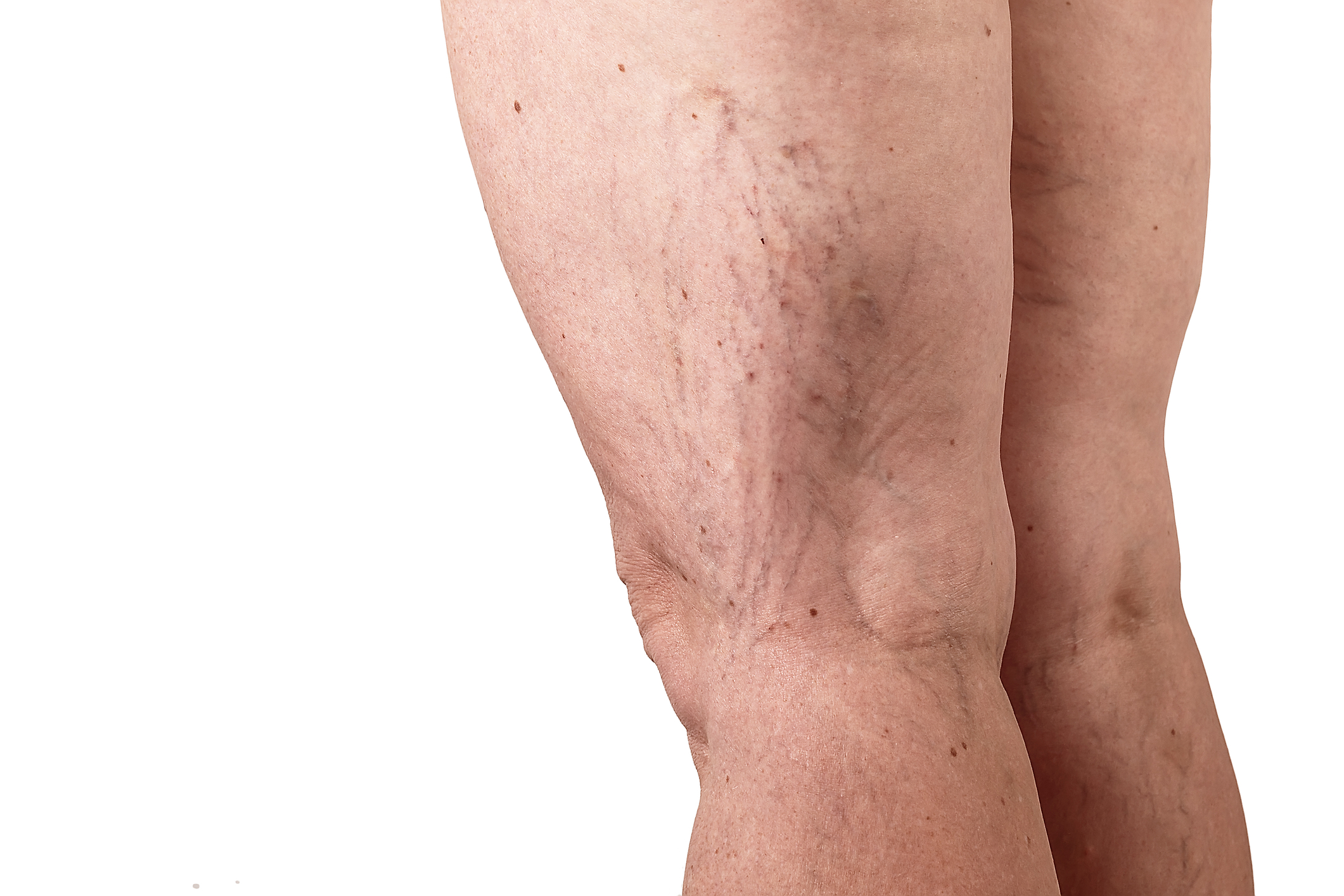
Although it may look unpleasant on the legs, arms, and even the face, visible veins are an important indicator of one's circulatory health, and can even signify blood clots. Varicose veins or spider veins on the legs can be the body telling the individual there are deeper issues associated with blood flow due to age, genetics, weight, and other health concerns occurring. For instance, spider veins on the face can indicate rosacea or excessive straining and stress on the body, and varicose veins left untreated may increase the pressure on the vein. This causes a worsening of the swelling and leg cramps, as well as phlebitis, which is inflammation and blood clots.
Pale Skin Or Loss Of Pigmentation

Paler skin or the loss of pigmentation in one's skin may not just be genetics. A loss of pigmentation could be the body's way of indicating the patient is suffering from anemia. Anemia is a vitamin B-12, B-6, folate, or iron deficiency, and it occurs more often in individuals who follow a vegan diet, who have issues with (nutrient) absorption and digestion, or who are taking specific medications such as antacids and metformin. A loss of pigmentation can also reveal an individual could be dealing with Vitiligo, a long-term condition caused by a lack of melanin or pigment in the skin. White patches develop on the skin, more commonly appearing on the face, neck, hands, and in skin creases.
Blisters
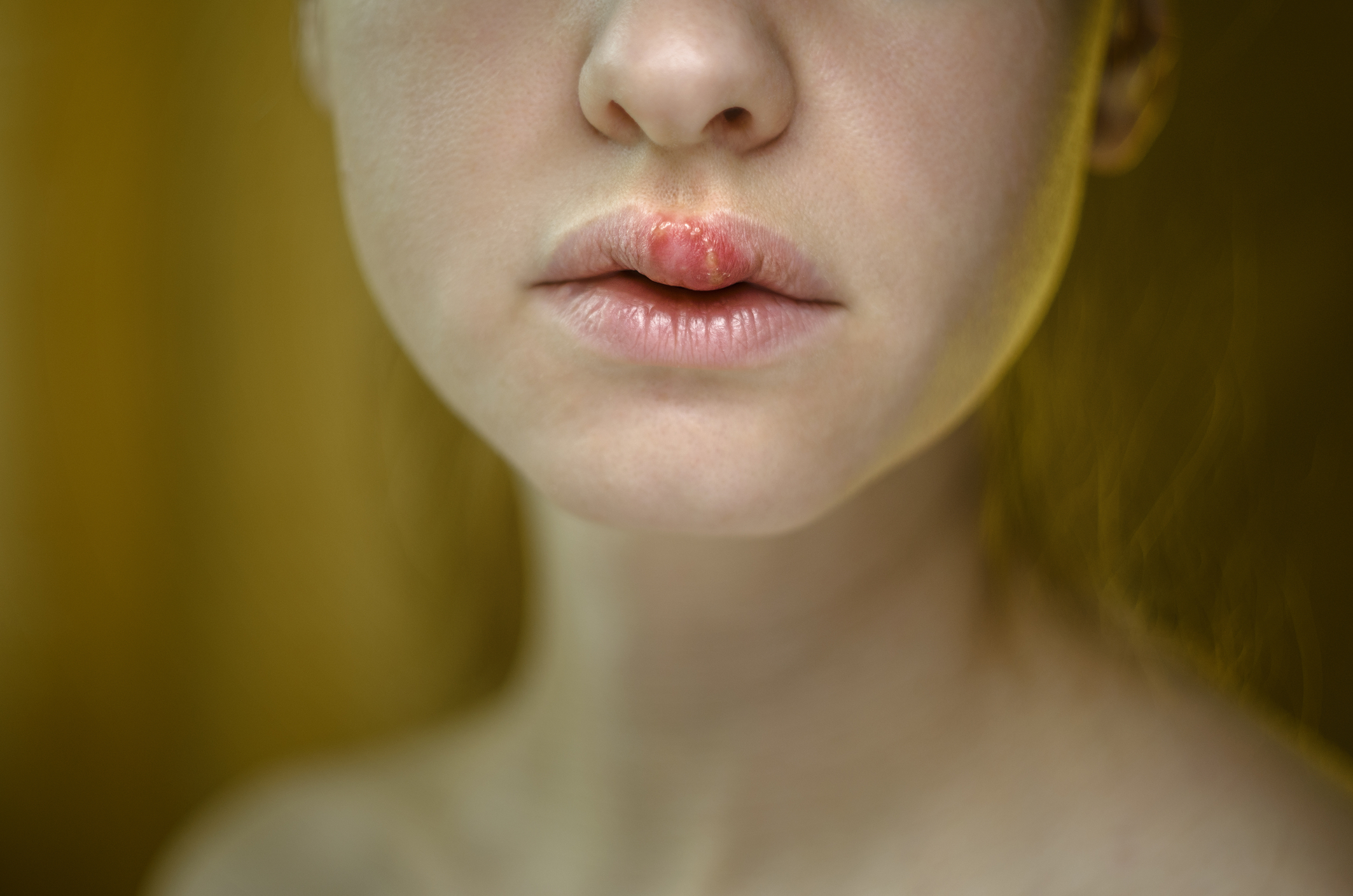
Cracks and blisters appearing on the corner of the mouth can indicate another dietary issue. Blisters, cracking, or crusting around the mouth area can indicate an individual is suffering from iron and vitamin B deficiencies, especially with B-2 and B-12. On a more serious note, blisters that appear infected around the mouth area can indicate a patient has contracted Herpes Simplex Virus Type 1, which can be treated and controlled with medication. If a patient believes they have contracted either herpes type 1 or 2, they should seek medical attention immediately and take a blood test to obtain an accurate diagnosis. Blisters on other parts of the body can be caused by friction, cold or heat such as burning one's self, dermatitis or an allergic reaction, or the more serious chickenpox or shingles.
